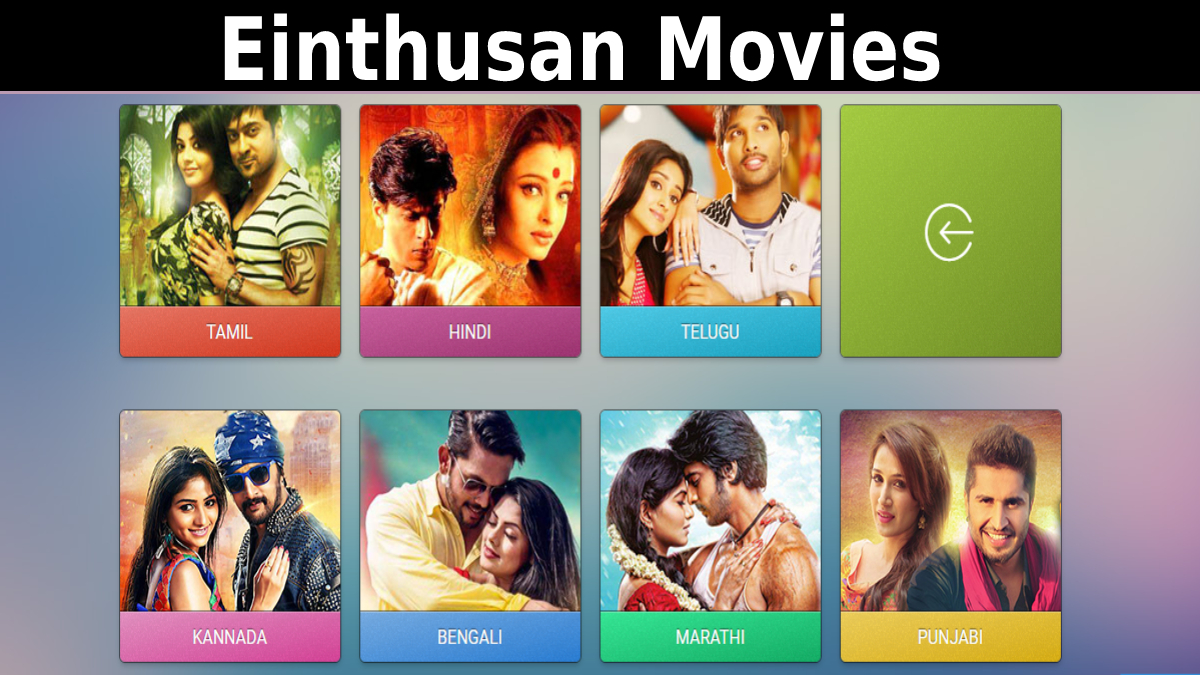Blockchain technology has been a game-changer in the digital landscape, offering unparalleled transparency, security, and decentralization. However, integrating blockchain into decentralized applications (dApps) can be a complex and resource-intensive process, particularly for appchains—application-specific blockchains designed to serve the unique needs of a particular dApp or set of dApps. This is where a Graph node for appchains comes into play, simplifying the integration process and streamlining the functionality of these appchains.
Understanding Appchains and Their Challenges
Appchains are tailored blockchains that are optimized for specific applications, providing a more efficient and scalable environment than general-purpose blockchains. While appchains offer significant advantages in terms of customization and performance, they also present challenges, particularly when it comes to data accessibility and integration. Traditional methods of accessing and querying blockchain data can be slow, cumbersome, and expensive, which can hinder the seamless operation of an appchain.
What is a Graph Node for Appchains?
A Graph node for appchains acts as a bridge between the blockchain data and the application. It is a powerful tool that indexes blockchain data, making it easily accessible for queries by the appchain. This indexing allows developers to retrieve specific data quickly and efficiently, enabling real-time updates and smooth interactions within the dApp. By deploying a Graph node for appchains, businesses can overcome the data accessibility challenges that often accompany blockchain integration.
Simplifying Data Access and Querying
One of the primary benefits of using a Graph node for appchains is the simplification of data access and querying. In a blockchain, data is stored in a decentralized and immutable ledger, which can make it difficult to retrieve specific information quickly. A Graph node indexes this data, organizing it in a way that allows for fast and efficient querying.
For example, in a decentralized finance (DeFi) appchain, a Graph node can be used to quickly pull data on recent transactions, user balances, or historical market trends. This not only improves the performance of the appchain but also enhances the user experience by providing real-time data without the need for complex and time-consuming queries.
Enhancing Performance and Scalability
The performance and scalability of an appchain are crucial for its success. As the number of users and transactions grows, the appchain must be able to handle increased demand without compromising speed or reliability. A Graph node for appchains plays a vital role in ensuring that the appchain remains performant and scalable.
By efficiently indexing and querying data, a Graph node reduces the load on the blockchain, allowing the appchain to process more transactions and serve more users without slowing down. This scalability is particularly important for applications that are expected to grow rapidly, as it ensures that the infrastructure can keep up with demand.
Reducing Costs and Complexity
Blockchain integration can be an expensive and complex process, especially when it comes to managing and accessing large volumes of data. A Graph node for appchains helps reduce these costs and complexities by providing a streamlined solution for data indexing and querying.
Without a Graph node, developers might need to build and maintain custom indexing solutions, which can be resource-intensive and prone to errors. By leveraging a Graph node, businesses can save time and money, allowing them to focus on developing and improving their dApp rather than managing the underlying infrastructure.
Facilitating Innovation
Innovation is at the heart of blockchain technology, and a Graph node for appchains can be a powerful enabler of new ideas and applications. By simplifying the process of data integration and access, a Graph node allows developers to experiment with new features, iterate quickly, and bring innovative solutions to market faster.
For instance, in a gaming appchain, a Graph node could be used to track player achievements, leaderboard rankings, or in-game asset ownership in real-time. This not only enhances the gaming experience but also opens up new possibilities for gamification and monetization within the appchain.
Conclusion
In the rapidly evolving world of blockchain technology, appchains offer a promising solution for creating customized, efficient, and scalable decentralized applications. However, the success of an appchain depends on its ability to seamlessly integrate with blockchain data. A Graph node for appchains is a critical tool in achieving this integration, simplifying data access, enhancing performance, reducing costs, and fostering innovation.
By deploying a Graph node for appchains, businesses can streamline their blockchain integration efforts, ensuring that their appchain is not only functional but also optimized for growth and success in the competitive dApp ecosystem.








